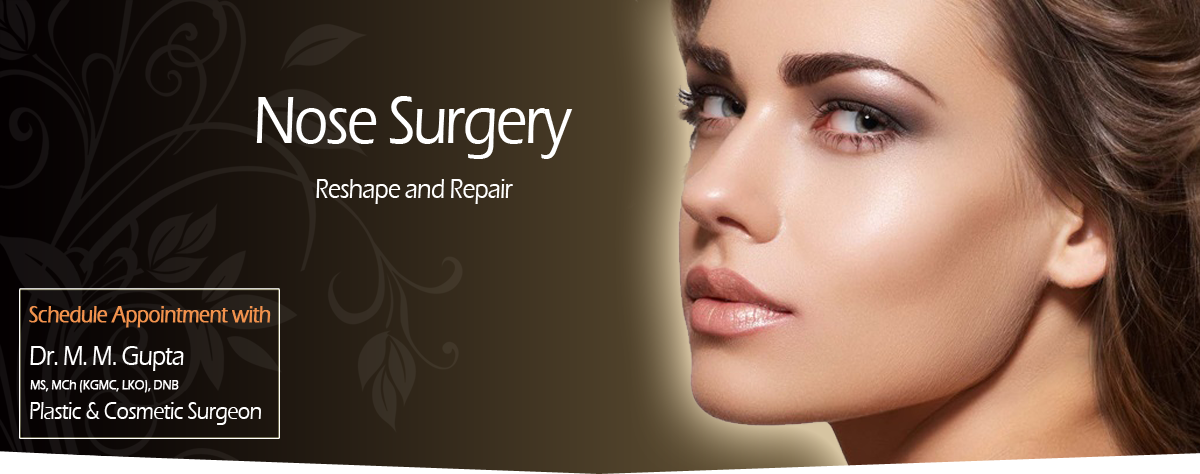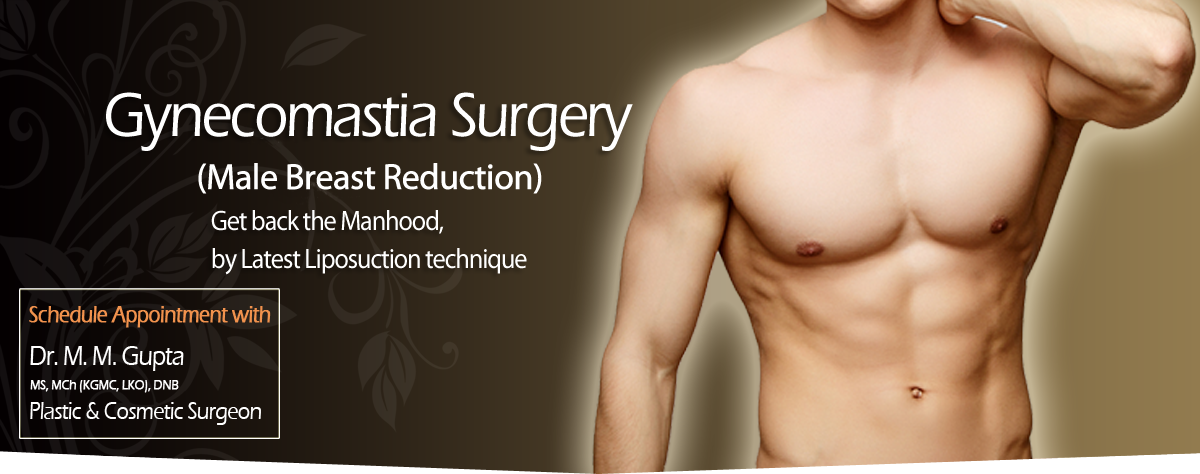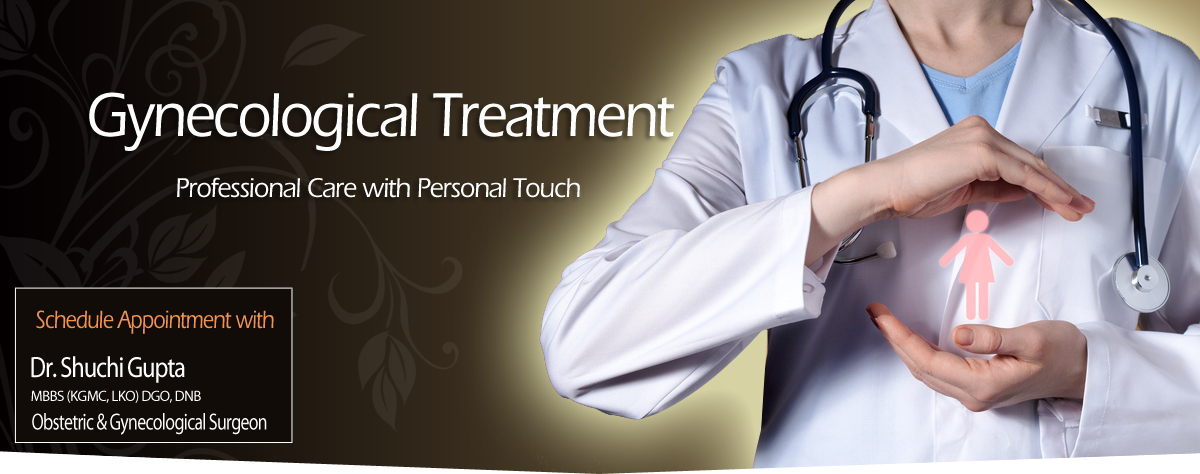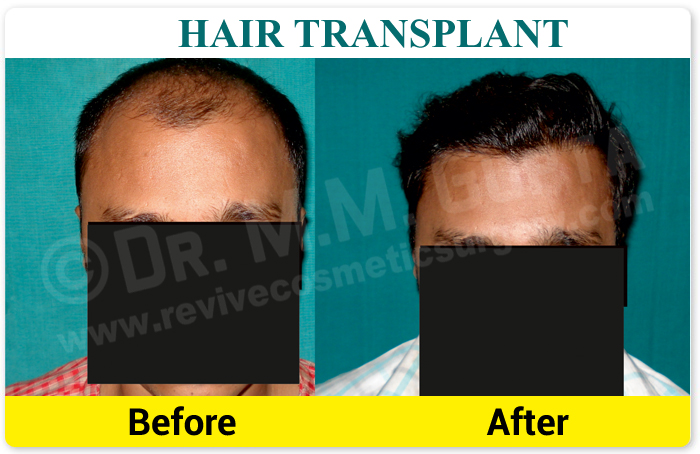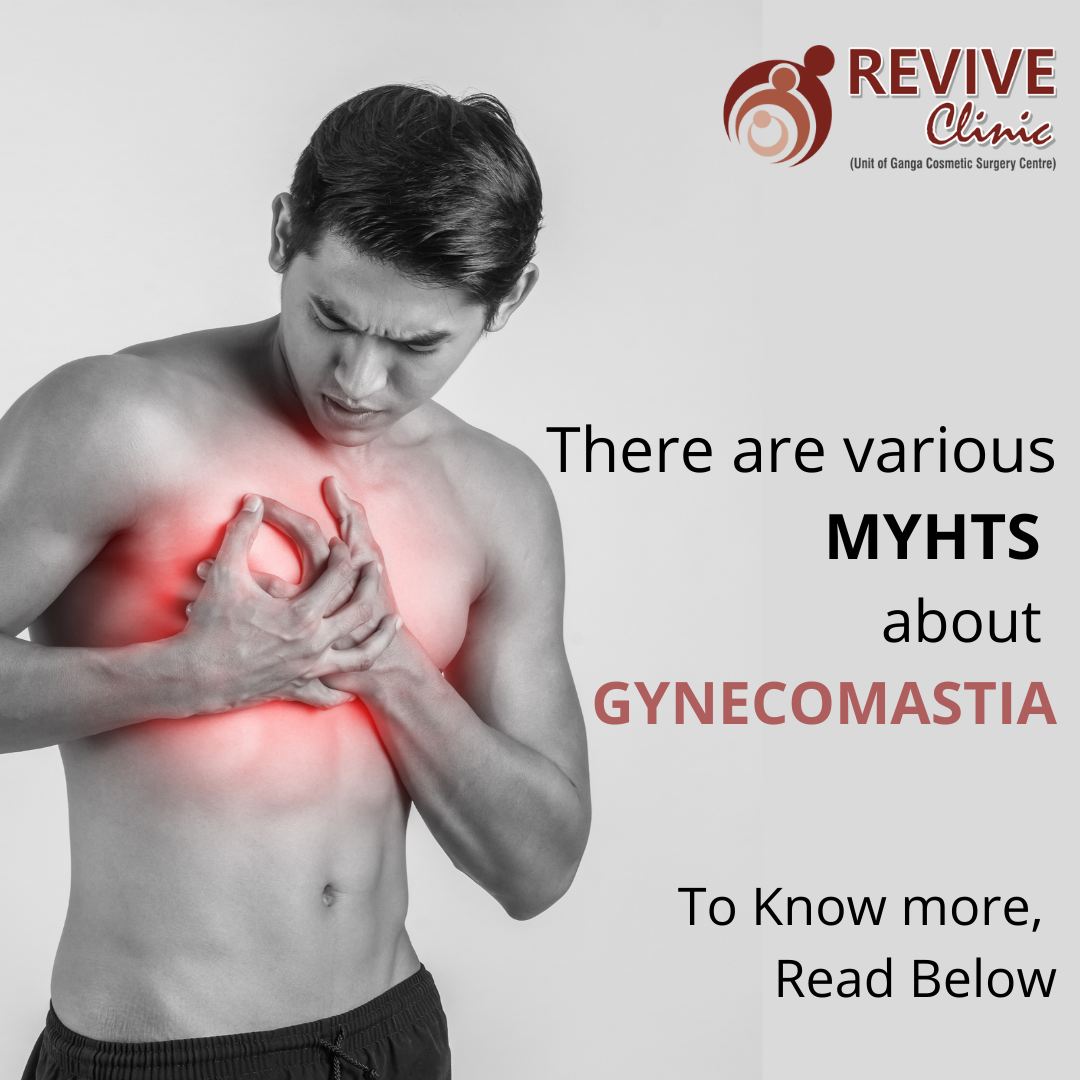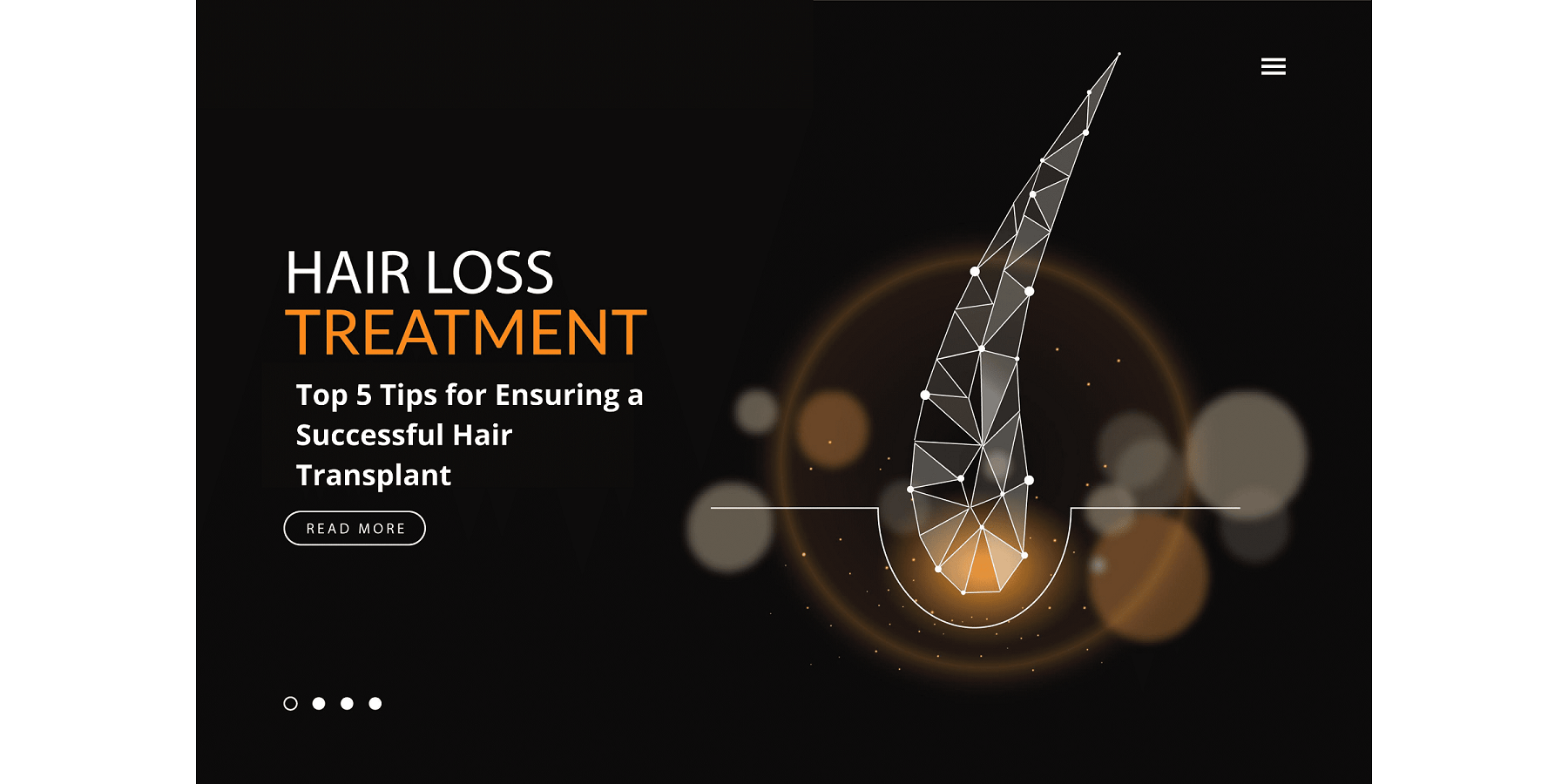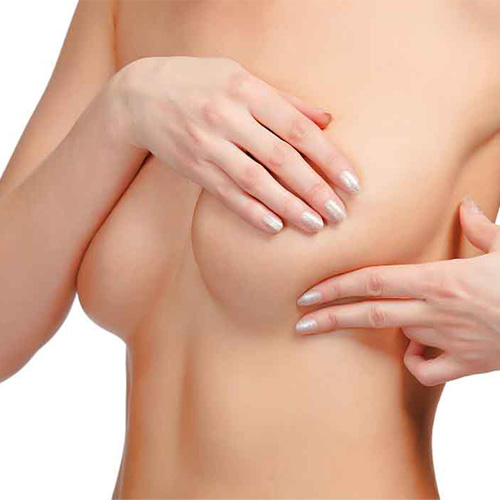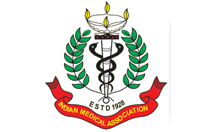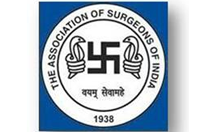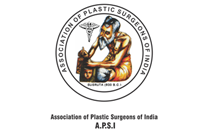- Pionee
Quick Contact
revivecliniclko@gmail.com
+91 9721476547, +91 8400746979

Baggy Eyelids (Blepharoplasty)

As we age, the tone and shape of our eyelids can loosen and sag. Heredity and sun exposure also contribute to this process. This excess, puffy or lax skin can make you appear more tired or older than you are. Eyelid surgery or blepharoplasty (pronounced "blef-a-ro-plasty") can give the eyes a more youthful look by removing excess skin, bulging fat, and lax muscle from the upper or lower eyelids. If the sagging upper eyelid skin obstructs peripheral vision, blepharoplasty can eliminate the obstruction and expand the visual field.
Eyelid surgery can treat-
- Loose or sagging skin that creates folds or hides the natural contour of the upper eyelids.
- Excess fat deposits that appear as puffiness in the upper eyelids
- Bags under the eyes.
- Loose and wrinkled skin of lower eyelids.
FAQ's of Bleheroplasty
Q. Where are the incisions made for blepharoplasty?
The incision for the upper blephroplasty is made in the natural crease of the upper eyelid. This incision heals well. The lower blepharoplasty incision is made just under the eyelashes (subciliary) or inside the eye (transconjunctival)
Q. Are there scars that result from blepharoplasty?
The skin in the eyelids is the thinnest skin in the body. The incisions, when placed well, will heal well and be imperceptible.
Q. How soon after my blepharoplasty procedure will I be able to exercise?
Dr. Gupta recommends that patients do not return to exercise for three weeks after their procedure.
Q- Are there any limitations to what blepharoplasty can achieve?
Blepharoplasty refers to eyelid surgery. Many times, patient may have brows that have descended and are low. These patients may need a browlift procedure to elevate the brows. Patients that may have puffy lower eyelids due to allergies will not achieve improvement with the blepharoplasty procedure
Q-Will a blepharoplasty get rid of my eye wrinkles?
No. A blepharoplasty is not designed to remove the wrinkles at the outer corners of your eyes (crow's feet) or to fix sagging brows. There are other procedures available that can be used to remove wrinkles near the eyes, including laser resurfacing and intense pulsed light treatments or Botox injection.
Q- Is blepharoplasty or baggy eyelids removal surgery painful?
After any surgery some discomfort can be expected. Well, all patients are provided with prescriptions for pain medication.
Complication of Blapheroplasty-
As with any surgical procedure, there is some degree of risk. Complications and bad results from blepharoplasty are rare, but sometimes they do occur.
Problems that can occur include bleeding, infection, dry eyes, abnormal discoloration of the eyelids, abnormal folding in or out of the eyelid skin, an inability to fully close the eyes, a pulled-down, lower-lid lash line, or a possible loss of vision.
Q- Are there any dietary restrictions for the surgery?
No. Patients can have whatever they wish to eat. But after surgery they need to restrict their diet to liquids and easily chewable food items.
Photo Gallery FAQWhat makes us unique?
Our Efficiency | Our Competency | Our Reliability | Our Dedication | Our Expertise in the respective fields.
Best Doctors
We have a team of doctors who are best in their respective fields of specialization for best results and maximum patient safety.
Best Plastic & Cosmetic Surgeon
MBBS, MS, MCh, DNB
- Our plastic and cosmetic surgeon are highly trained and best Hair Transplant Surgeon with more than 14 years of experience in doing Hair Transplant with excellent & world-class results.
- The most trusted, skilled, and experienced Hair Transplant and Cosmetic Surgeons in Lucknow and Varansi is owned by Revive Clinic
- Our surgeon is a Pioneer of the FUT technique of Hair Transplant in Uttar Pradesh.
- Our surgeon is a Pioneer of the FUE technique of Hair Transplant in Uttar Pradesh.
Best Gynecological Surgeon
MBBS, DGO, DNB
- Our gynecological and obstetrics doctor is highly trained Obstetrician, Gynecologist & Laparoscopic Surgeon with more than 17 years of experience.
- Our gynecological and obstetrics doctor is working as a Senior Consultant Obstetrician & Gynecologist at Fatima Hospital, Lucknow.
- Revive Clinic posseses one of the best and highly experienced Obstetrics & Gynecology & Laparoscopic doctors in Lucknow.

Testimonials
Video

Ultra-modern Centre
Hair Transplant Center
- We have state of art ultra-modern facility for hair transplant. We use ultra-hygienic and the best safety method for patient care.
- We have a dedicated Hair Transplant Operation Theater (Hair Lab.) with temperature and humidity control, ergonomically designed cutting platform, cold lights, ceiling lights with heat filters, preventing any damage to the Hair grafts.
- Revive Clinic is one of the leading hair transplant clinics in Lucknow, Uttar Pradesh, India. Our hair treatment procedures are best in class and give the best results.
- We offer the best hair transplant treatment with all the latest and best techniques & instruments.
- We ensure maximum patient's privacy, it is our first priority.
Obstetrical & Gynecology Treatment
- We have advanced facilities & equipment for providing the best obstetrical & gynecological treatment.
- All treatments are done by our highly experienced doctor taking utmost care for giving the best results and high priority for patient safety.
- At Revive we evaluate every patient for normal delivery as a primary option, doctor opt for caesarian delivery only in high-risk conditions for the safety of mother and baby.
- Revive clinic is one of the best obstetrical & gynecological clinics in Lucknow.
- Revive Clinic offers a wide range of obstetrical & gynecological care i.e. From contraceptive counseling to general gynecological & obstetrical services including Infertility Treatment for women at different stages of life, we are best in our field.
Best Results
- Our success is well spoken by thousands of our happy and satisfied patients of Hair Transplant & Plastic & Cosmetic Procedures both national as well as international. We are committed to patient's safety & satisfaction.
- 100% natural-looking results are given by our best hair transplant and cosmetic surgeon, with no side effects.
- We provide the best hair transplant & cosmetic Surgery results at very affordable costs.
- We have excellent results for infertility treatment.
- We give the best results for all Obstetric & Gynecological problems at a very affordable cost.
Professional Staff
Why us

State of Art CenterLatest Equipment & Techniques
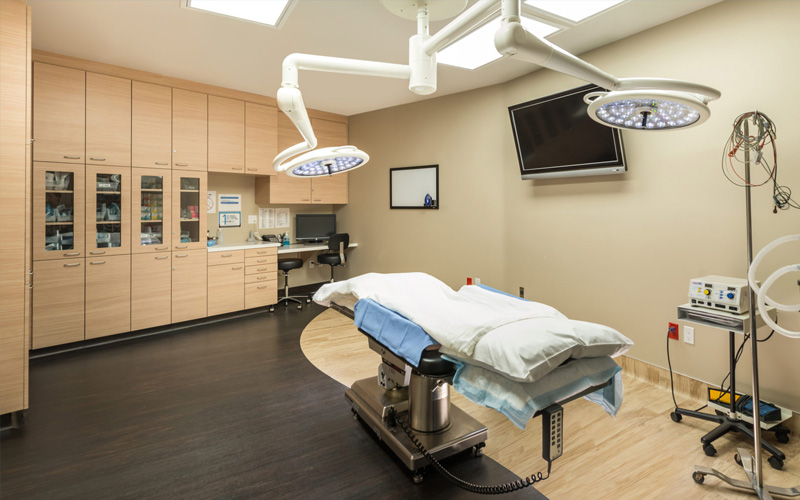
- We use latest Equipments & Techniques to deliver top class Treatments
- Our center have relaxing environment with modern facilities and look
Qualified Doctor & StaffBoard Certified and Specialized Team
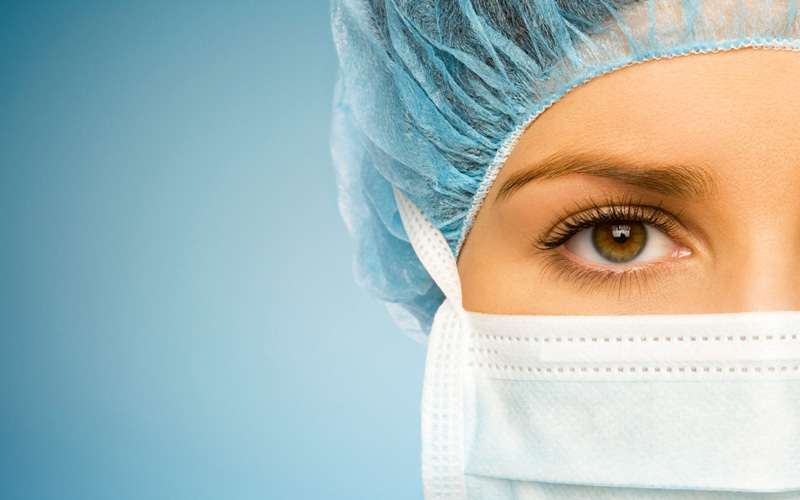
- Dr. M. M. Gupta is; experienced, highly qualified and skilled cosmetic surgeon; providing surgical services of International Standard.
- Our team consists of trained and caring staffs, available 24x7 for patient's care.
World Class ResultsMaximum Patient Satisfaction

- Combination of State of Art Center and Experienced, Highly Qualified & Skilled Cosmetic Surgeon bring out world class results, every patient expect.
- You can see Live Surgical Procedures and also meet our satisfied clients to gain confidence about our Excellent Results.

Our Specialities



Quick Contact
revivecliniclko@gmail.com
+91 9721476547, +91 8400746979
Mail Your Query Here

Credentials
Face
Hair & Skin
Body
Breast






